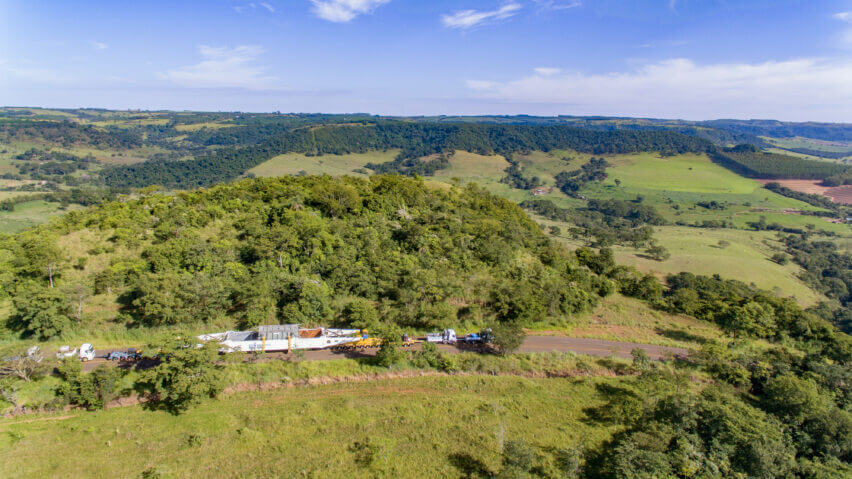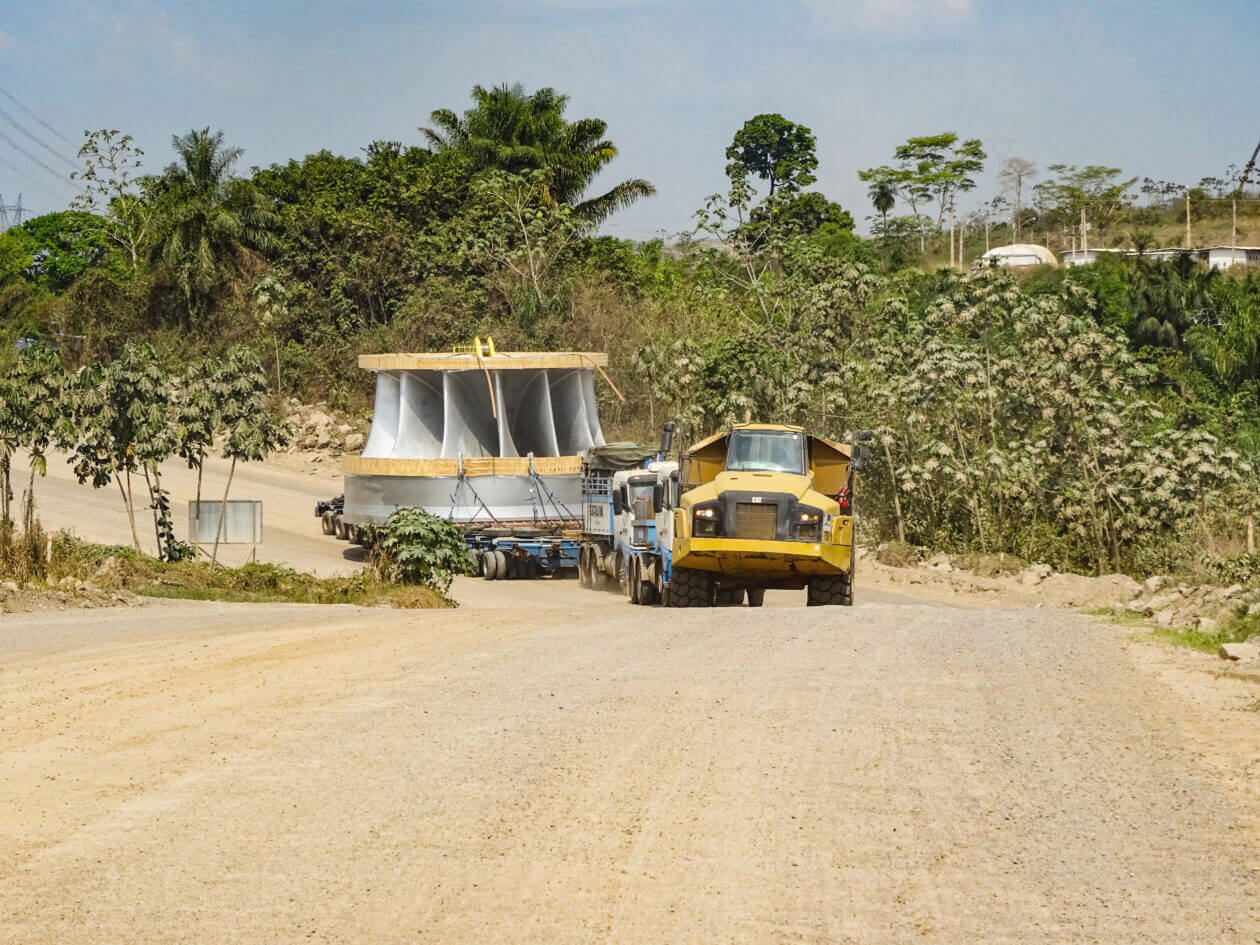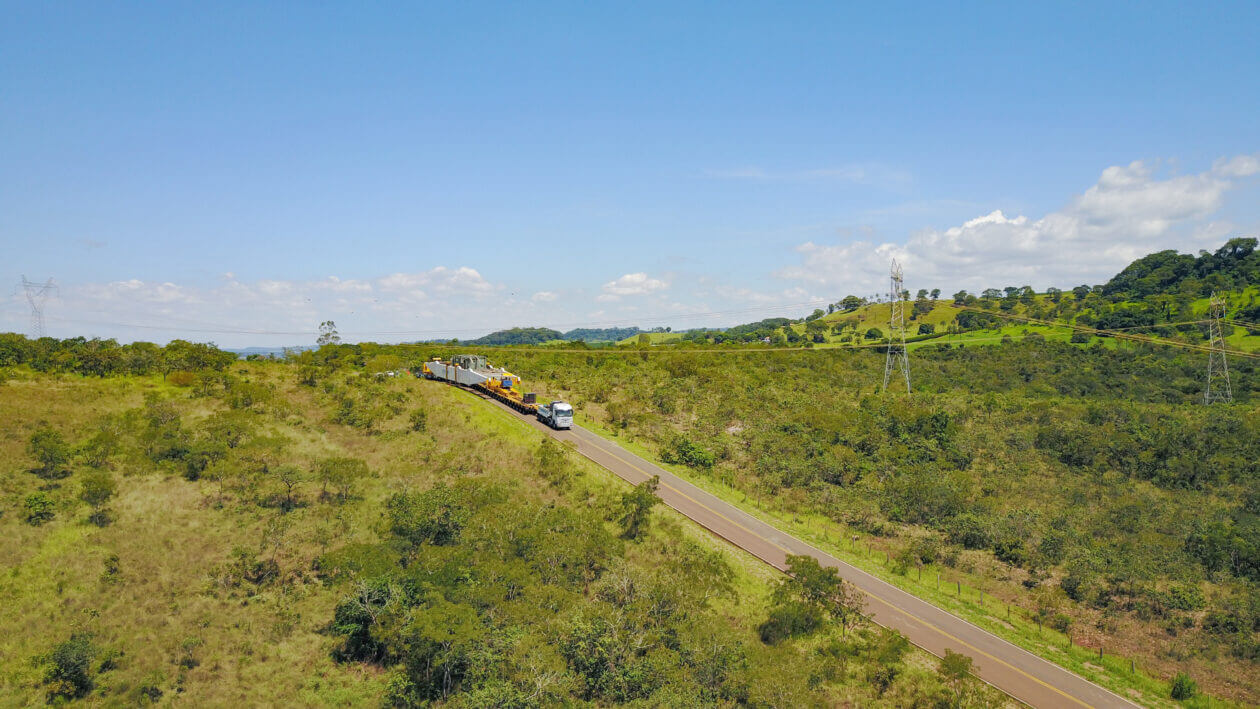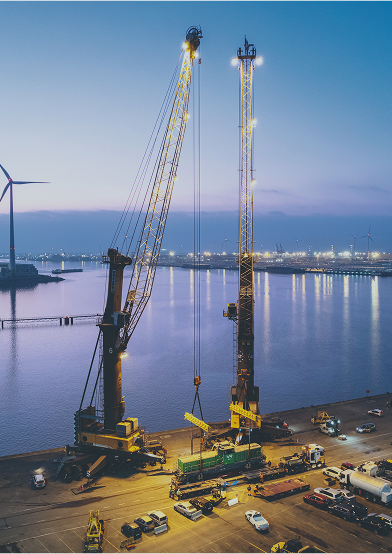As of 2024, hydropower continues to play a critical role in the global energy landscape, accounting for just over 15% of the world’s electricity generation. The sector is projected to add around 26 GW of new capacity annually in the coming years, contributing to global hydropower energy generation, which reached 1,412 GW in 2023. Hydropower generates more than 4,200 terawatt-hours (TWh) of electricity annually, maintaining its position as the largest renewable electricity source worldwide. The continued focus both on new projects and on the modernization of existing infrastructure ensures that hydropower will remain integral to balancing variable renewable energy sources like wind and solar.
Hydropower is undergoing significant advancements in digitalization and energy storage, increasing its flexibility and integration with renewable sources like wind and solar. Digital tools such as advanced grid management systems and real-time turbine monitoring are optimizing energy production and maintenance scheduling, boosting efficiency and reducing operational costs. These technologies are expected to add up to 42 TWh to global hydropower output, potentially saving around USD 5 billion annually.
Energy storage is evolving through innovations in pumped storage hydropower (PSH). Variable-speed turbines, which allow plants to operate more efficiently by adjusting to changing load conditions, and hybrid battery systems are enhancing grid stability. These technologies are especially valuable in managing fluctuations from intermittent energy sources like wind and solar. Additionally, modular and small-scale hydropower solutions are gaining traction, enabling deployment in areas with lower flow rates and reducing environmental impact.
One such environmental impact involves aquatic animal migration. New fish passage systems like Fishheart and the Whooshh Passage Portal are improving fish migration over dams. These systems use AI-driven designs to transport fish safely without requiring significant alterations to dam infrastructure. Additionally, oxygenation systems like Hyper InfusiO2n™ increase dissolved oxygen in fish ladders, supporting aquatic life and helping to ensure ecological sustainability.


Delivering hydropower plant equipment is a complex task, often due to the remote and challenging locations of project sites, typically situated in mountainous or forested regions far from established transportation networks. These areas necessitate the use of specialized transport methods such as self-propelled modular transporters (SPMTs), barges and occasionally even helicopters, especially when roads are inadequate or nonexistent. The size and weight of components like turbines and transformers further add to the complexity, requiring the construction of temporary infrastructure, such as reinforced bridges or widened roads, to handle the oversized loads.
Weather conditions add another layer of difficulty, with rain, snow and ice impacting the timing and safety of transport operations. Additionally, minimizing environmental impact is critical, especially in ecologically sensitive regions. Careful route planning and close coordination with local authorities are essential to mitigate these risks and ensure the successful and timely completion of hydropower projects.

Backed by its extensive experience in managing hydropower projects, deugro successfully executed the transportation of components for the Belo Monte Hydropower Project, one of the largest hydroelectric plants globally. The project involved delivering 28 specialized transformers (14 x 400 kV, 219 MT each, and 14 x 800 kV, 332 MT each) sourced from Germany, China and Brazil, which were critical for the High Voltage Direct Current (HVDC) system. The challenges for such hydroelectric projects are common, given the remote locations and aging infrastructure. For Belo Monte, deugro faced complex Brazilian terrain and the immense size and weight of the equipment.

The deugro team overcame significant obstacles, such as navigating the Amazon River’s strong currents, tides and ferry traffic, and traversing over 140 bridges in the region. Additionally, a steep 14% incline at the Xingu discharge site added to the complexity. deugro worked closely with dteq Transport Engineering Solutions to design and implement tailored solutions, including a custom-made jetty adapted to local tide variations and utilizing specialized equipment like SPMTs. These efforts ensured smooth, efficient cargo transportation while minimizing disruptions to local communities. The power generated by Belo Monte will be transmitted over a 2,000-kilometer-long transmission line, capable of providing sustainable energy for 17 Brazilian states and approximately 60 million people.

As hydropower continues to evolve and play a key role in stabilizing the grid, alongside other renewable energy sources like wind and solar, the logistical challenges of delivering critical equipment to remote locations become increasingly complex. With years of experience and specialized knowledge, deugro remains proactive and flexible, ensuring that these projects are executed smoothly and efficiently. By staying ahead of market demands and embracing supply chain innovation, deugro supports the ongoing development and success of hydropower as a reliable and sustainable energy source.
